You know the saying, ‘Don’t judge a book by its cover’? Well, the same can be said for dolomite rocks. Their unassuming appearance might lead you to underestimate their significance in the world of geology.
Let’s unravel the mystery behind these rocks, explore their unique characteristics, and understand why they hold a key to unlocking a deeper understanding of the Earth’s history and composition.
Formation of Dolomite Rocks
To understand the formation of dolomite rocks, you must delve into the intricate processes that transform sediments into this distinct mineral. Dolomite forms through a complex process known as diagenesis, where magnesium-rich groundwater interacts with calcium carbonate in existing limestone deposits. This interaction results in the replacement of some calcium ions with magnesium ions, leading to the formation of dolomite crystals.
The dolomite formation process holds great geological significance as it provides insights into past environmental conditions and the history of the Earth’s crust. Dolomite isn’t only a beautiful natural stone but also plays a crucial role in various human activities.
In construction, dolomite is used as a decorative stone for countertops, flooring, and wall cladding. Its high strength and durability make it a popular choice for architectural purposes. Furthermore, dolomite is utilized in agricultural applications to neutralize soil acidity and provide essential nutrients for plant growth.
Understanding the formation and properties of dolomite rocks is essential for appreciating its diverse uses in different industries.
Physical Characteristics of Dolomite
When examining dolomite, you’ll notice variations in color and textures. These features can provide important clues about the origin and composition of the rock.
Understanding these physical characteristics is crucial in identifying and distinguishing dolomite from other types of rock.
Color of Dolomite
The color of dolomite typically ranges from white to gray, with occasional tints of pink or yellow depending on mineral impurities. Dolomite’s mineral composition and crystal structure influence its color variations.
Its geological significance lies in its formation within sedimentary environments, often associated with limestone and marble. Dolomite’s color diversity makes it valuable in various industrial applications, including construction, ceramics, and as a source of magnesium oxide.
Understanding the color range of dolomite is crucial for identifying and distinguishing it from similar rocks. Whether it appears as a pristine white specimen or showcases hints of pink and yellow, dolomite’s color provides valuable insights into its mineral content and potential uses in different industries.
Also Read: Diorite Rocks: Identification, Characteristics, Pictures, and More
Texture of Dolomite
The color of dolomite reflects its mineral composition and crystal structure, providing a visual cue that hints at the diverse textures present in this versatile rock.
When it comes to the texture of dolomite, you’ll notice:
- Fine Grained Texture: Dolomite typically exhibits a fine grained texture, where individual mineral grains are too small to be seen with the naked eye.
- Sedimentary Origin: As a sedimentary rock, dolomite’s texture often shows layers or bedding structures formed over time.
- Uniform Appearance: Dolomite can have a uniform appearance due to its fine grained nature, creating a consistent texture throughout the rock.
- Smooth Feel: When touched, dolomite’s fine grained texture gives it a smooth feel, making it distinct from other rocks.
Chemical Composition of Dolomite
Being a mineral compound, dolomite possesses a unique chemical composition that distinguishes it from other types of rocks. Dolomite minerals, primarily composed of calcium magnesium carbonate, exhibit economic significance due to their widespread use in various industries.
This sedimentary rock, often found in geological formations alongside limestone, consists of approximately 50% calcium carbonate (CaCO3) and 50% magnesium carbonate (MgCO3). The chemical formula for dolomite is CaMg(CO3)2, showcasing its dual carbonate composition. This distinct chemical makeup results in dolomite’s characteristic pink, white, or grey coloration and its effervescent reaction when exposed to dilute acids.
The presence of magnesium in dolomite minerals contributes to its unique properties, making it a valuable resource in agriculture, construction, and the production of magnesium compounds. Understanding the chemical composition of dolomite is essential for identifying and utilizing this versatile mineral in various applications.
Identifying Dolomite in the Field
If you’re out in the field and need to identify dolomite rocks, pay attention to their characteristic pink, white, or grey coloration. Dolomite can often be distinguished by its unique appearance and properties, making it easier to identify among other rocks.
Here are some key points to consider for identifying dolomite in the field:
- Look for the distinctive pink, white, or grey coloration of dolomite rocks.
- Perform field observations to analyze the texture and structure of the rock.
- Conduct mineral identification tests to confirm the presence of dolomite.
- Consider the geological significance and rock formation processes associated with dolomite deposits.
Uses of Dolomite Rocks
When identifying dolomite rocks in the field, understanding their uses becomes essential in appreciating the practical applications of this distinctive mineral. Dolomite rocks have a wide range of uses in both industrial applications and landscaping. Due to their geologic significance, dolomite rocks are commonly used in construction materials such as concrete and asphalt mixtures. The high strength and density of dolomite make it an ideal aggregate in road construction and concrete production, enhancing the durability and resistance of these materials.
In industrial applications, dolomite rocks are utilized in the manufacturing of ceramics, glass, and steel. The unique properties of dolomite, including its high melting point and resistance to acids, make it a valuable ingredient in these processes. Additionally, dolomite rocks are often crushed and used as a soil conditioner in agriculture to improve the fertility and pH balance of the soil.
Landscaping uses of dolomite include as decorative stones in gardens, driveways, and pathways, adding a touch of elegance and functionality to outdoor spaces.
Comparison With Other Rock Types
To understand the unique characteristics of dolomite rocks, it’s essential to compare them with other rock types commonly found in geological formations. When contrasting dolomite with limestone or marble, several key differences emerge:
- Dolomite vs limestone:
- Dolomite is a sedimentary rock composed of calcium magnesium carbonate, while limestone is primarily made of calcium carbonate.
- Dolomite typically forms in marine environments rich in magnesium, whereas limestone can form in various aquatic settings.
- Dolomite tends to be harder and denser than limestone, making it more resistant to weathering and erosion.
- Dolomite often exhibits a crystalline structure due to its magnesium content, giving it a unique appearance compared to the more uniform nature of limestone.
- Dolomite vs marble:
- Dolomite is a precursor of marble and contains varying amounts of magnesium, while marble consists predominantly of calcite or dolomite.
- Marble undergoes metamorphism from limestone or dolomite rocks, while dolomite forms directly without the need for metamorphism.
- Marble is commonly used in sculpture and architecture for its aesthetic appeal, whereas dolomite is valued for its hardness and durability in construction and industrial applications.
- Dolomite typically displays a more muted color palette compared to the vibrant hues often seen in marble varieties.
Environmental Impact of Dolomite Mining
Considering the environmental impact of dolomite mining is crucial in evaluating the sustainability of this industrial activity. Dolomite mining can lead to water pollution due to the runoff of contaminants into nearby water sources. This pollution not only affects the aquatic ecosystem but also poses risks to human health if these contaminated waters are used for consumption or irrigation. Additionally, the disturbance caused by mining activities can disrupt wildlife habitats, leading to a decline in biodiversity and potential species endangerment.
Moreover, the economic impact of dolomite mining must be carefully assessed. While mining can bring economic benefits to a region, it’s essential to weigh these gains against the potential long-term environmental and social costs. Community displacement is another significant concern associated with dolomite mining, as operations expand and infrastructure development displaces local populations from their homes and livelihoods.
Therefore, it’s imperative for mining companies and regulatory bodies to implement stringent environmental protection measures and sustainable practices to mitigate the negative impacts of dolomite mining on water quality, wildlife, local economies, and communities.
Frequently Asked Questions
Are Dolomite Rocks Commonly Used in the Construction Industry?
Yes, dolomite rocks are commonly used in the construction industry due to their strength properties. They can enhance the durability of structures. However, it’s important to consider their environmental impact when utilizing them in building projects.
Can Dolomite Rocks Be Easily Dissolved in Water?
Yes, dolomite rocks can be easily dissolved in water due to their water solubility, affecting their geotechnical properties. This weathering process can also have environmental impacts. It’s important to consider these factors when working with dolomite rocks.
What Are Some Potential Health Risks Associated With Handling Dolomite Rocks?
When handling dolomite rocks, be cautious of potential hazards. Dust from these rocks can pose respiratory issues if inhaled. Protect yourself by using proper safety equipment to minimize health risks associated with handling them.
Is Dolomite Commonly Found in Specific Regions of the World?
Dolomite is commonly found across the world, with origins in diverse regions. Its unique properties make it valuable for industrial applications like construction and agriculture. Understanding its global distribution provides insight into its widespread use.
Are There Any Myths or Folklore Associated With Dolomite Rocks in Different Cultures?
In different cultures, dolomite rocks hold diverse cultural beliefs and myths. People around the world have woven folklore around these formations, attributing them with unique powers and characteristics. Explore the geological significance and formation process intertwined with these narratives.
Conclusion
In conclusion, dolomite rocks are formed through the alteration of limestone by magnesium-rich groundwater. They’re characterized by their white to gray color, pearly luster, and hardness. Dolomite rocks are primarily composed of calcium magnesium carbonate and are commonly used in construction, agriculture, and as a decorative stone.
When identifying dolomite in the field, look for its distinct rhombohedral cleavage and effervescent reaction with dilute acid. Consider the environmental impact of dolomite mining before extracting this valuable resource.
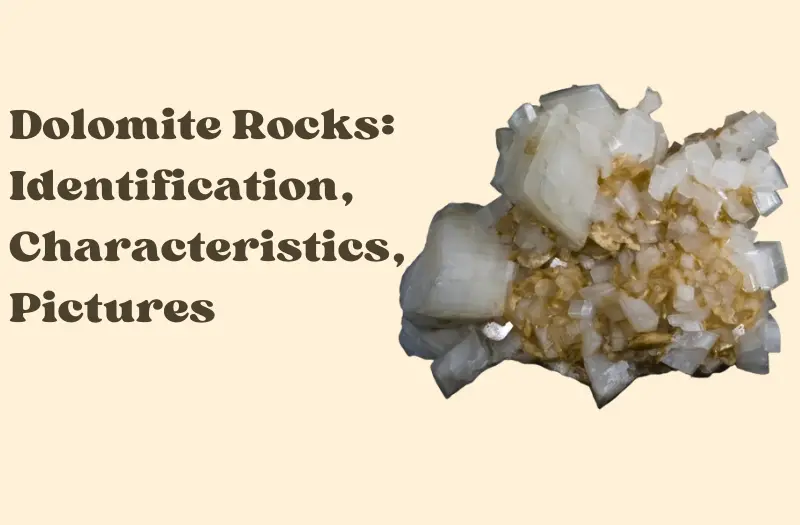
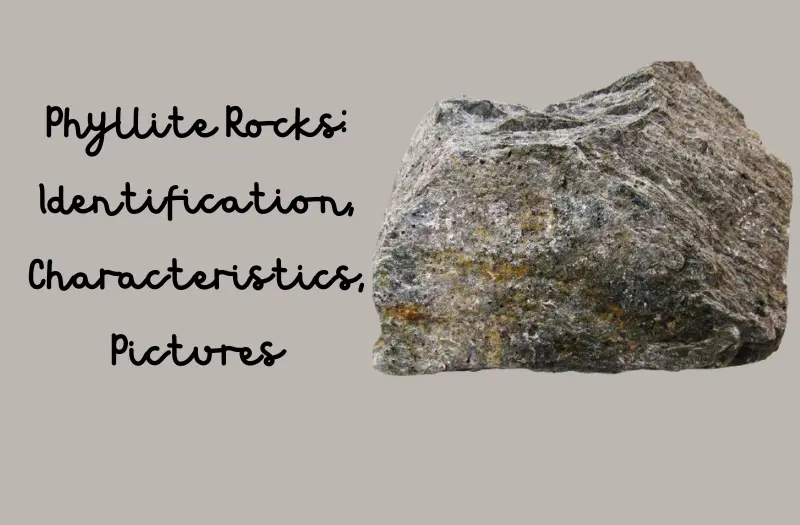
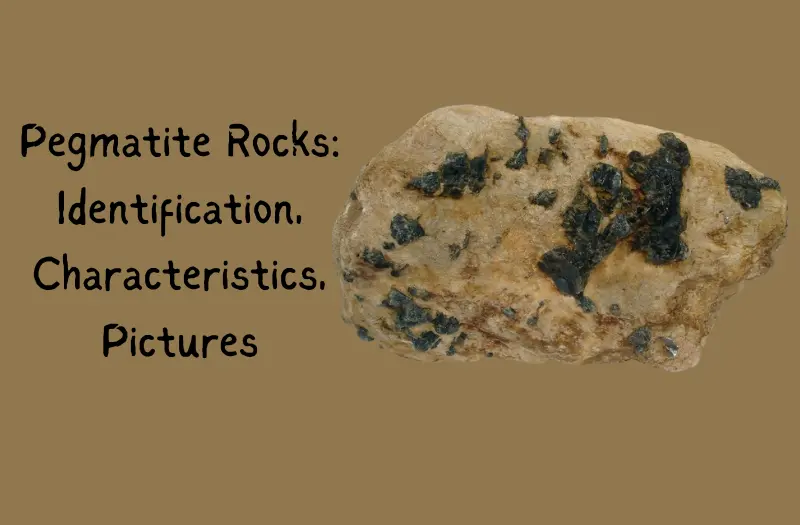
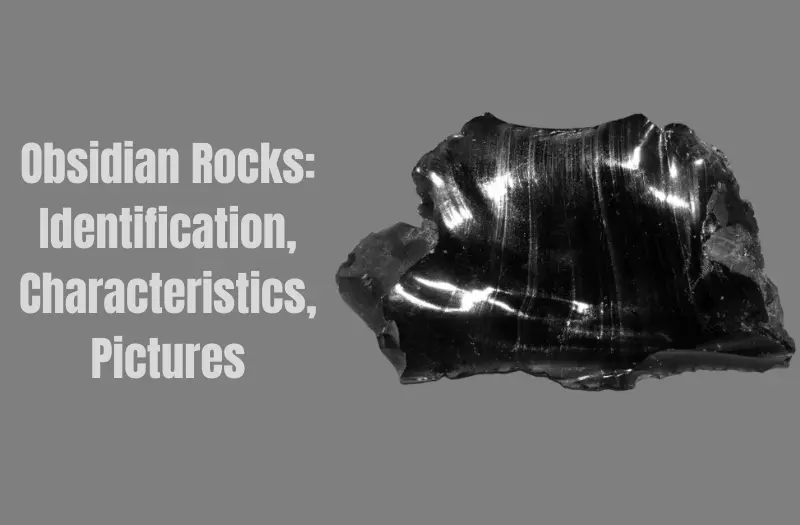
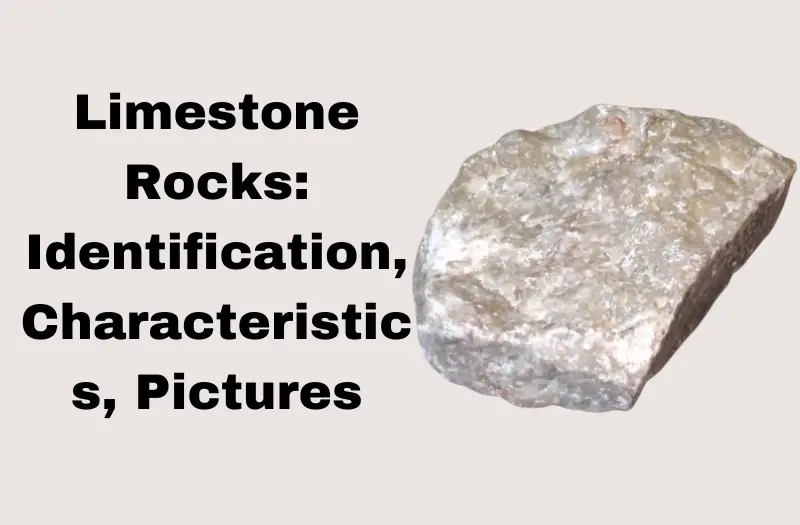
Leave a Reply